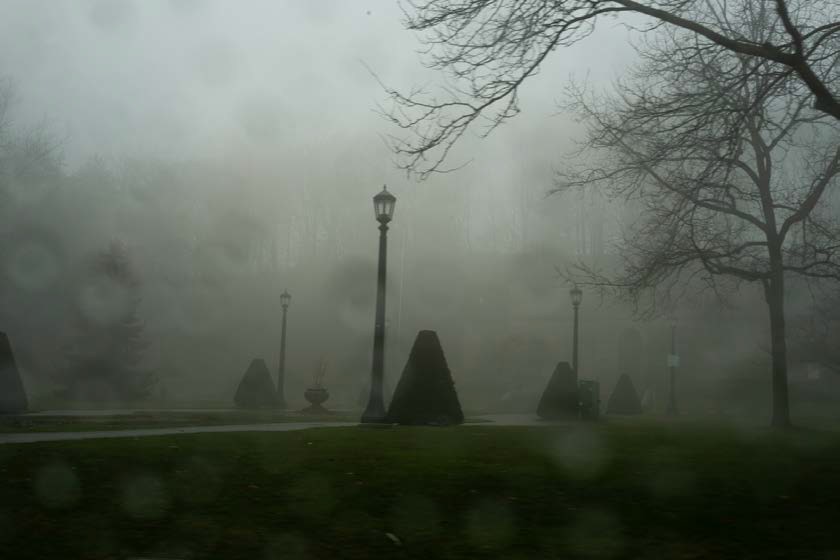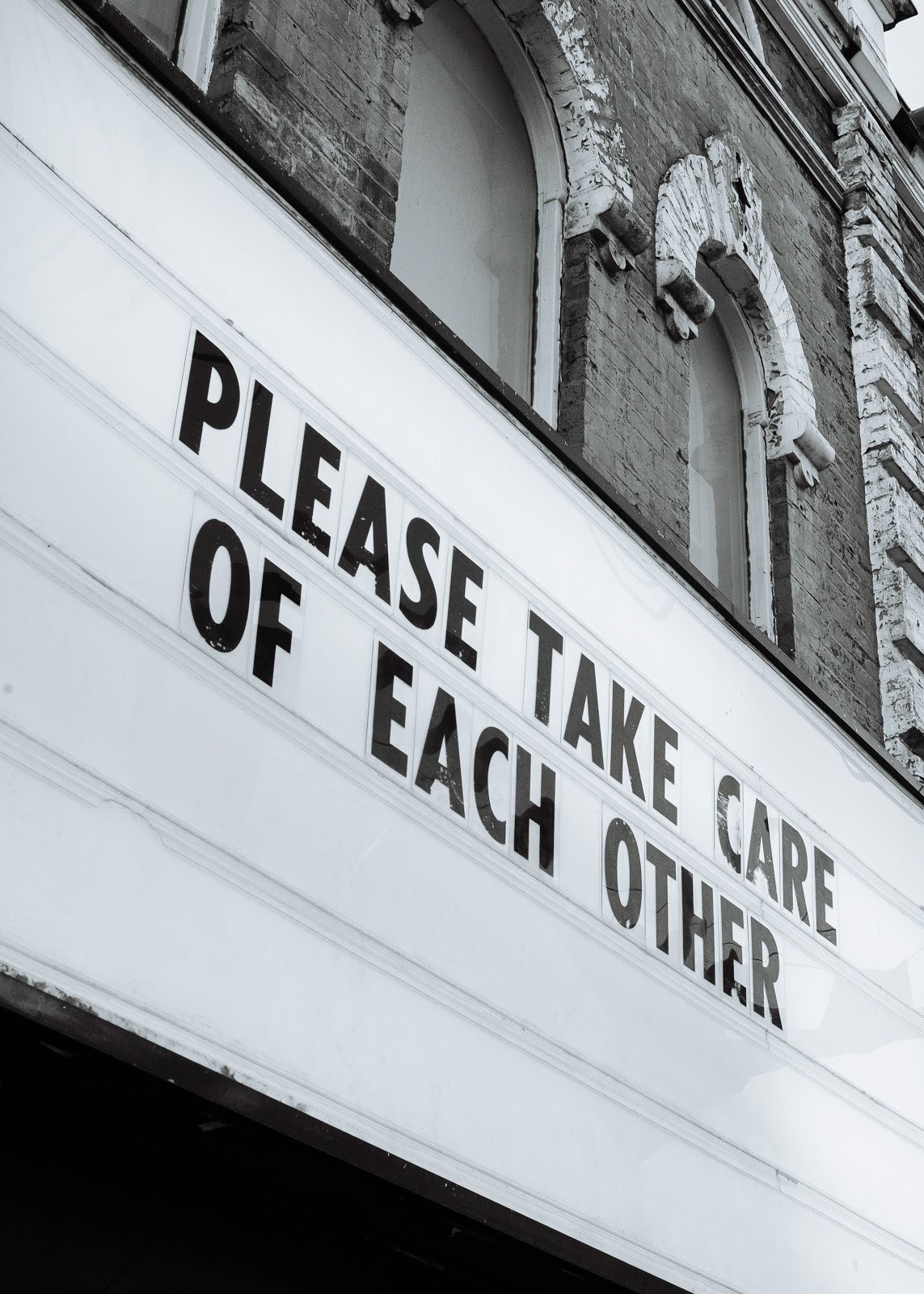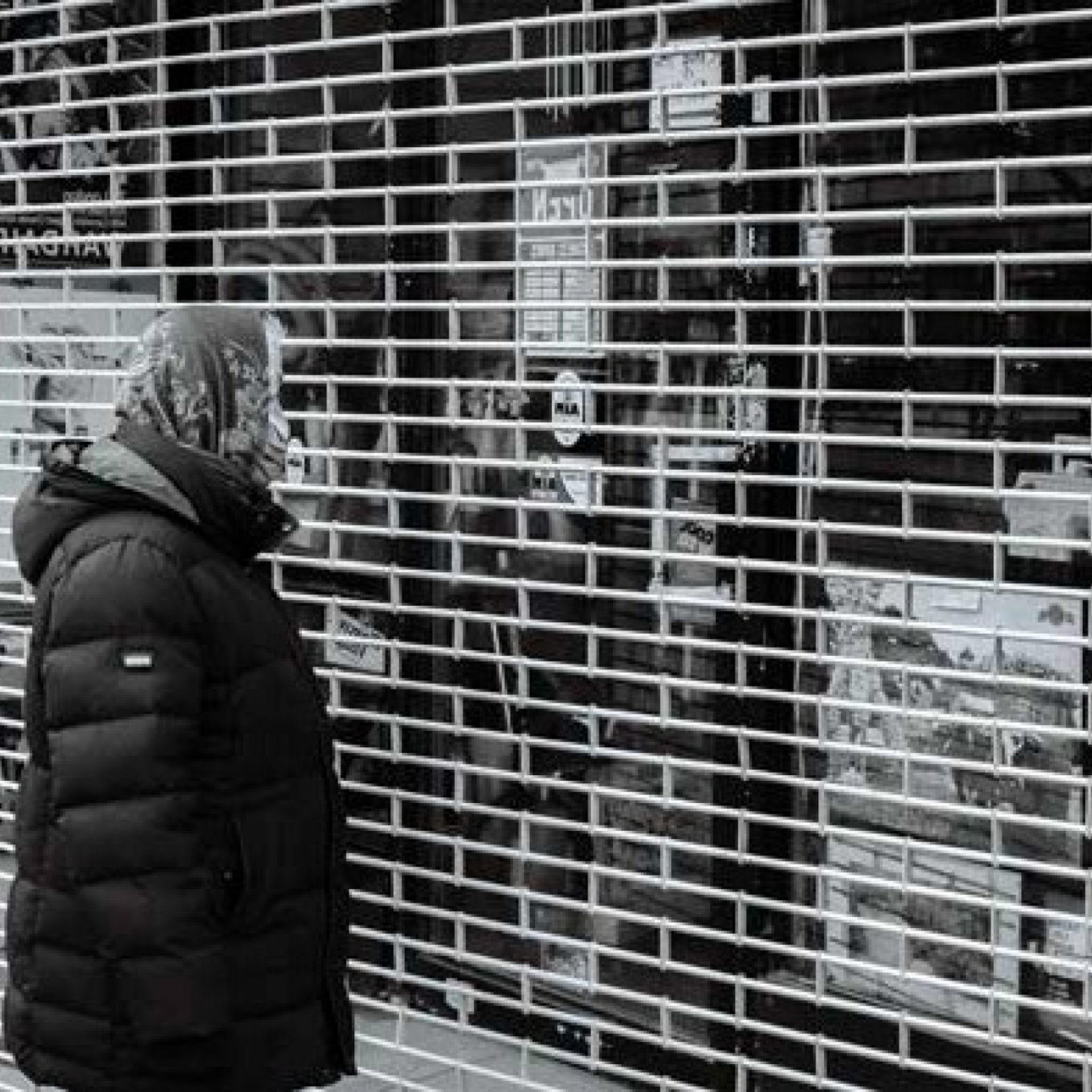Covid-19 is the pandemic that we couldn’t have anticipated. For the first time, we are up against a threat to our existence with little comparable history to look back on for answers. What are the social effects of a virus that has not been previously identified in humans? We are forced to physically distance and quarantine, with uncertainty and no predictable end. Every nation has been experiencing an extraordinary and life changing moment in history.
As we write this, strict guidelines have been put in place by the Canadian government to stay at a minimum of 6 feet apart at all times. If you show signs of sickness, you are to self-quarantine for 14 days and get tested if symptoms worsen. The virus can lead to death. Wear gloves, consider face-masks when out in public spaces, protect the most vulnerable, cough into your arm, restrict face-to-face gatherings. These are only some of the measures which we expect will change and evolve with the pandemic’s trajectory. Police presence in Toronto’s public spaces has grown as patrollers give large fines to those who violate new by-laws; what we once used to do freely with no correlation to worry, is now being monitored. Just a short time ago, busy streets bustled with life. Now, all non-essential businesses are closed, moreover, shops have also been stripped of their merchandise, locked and boarded up (03). The vibrant ambiance of life in our streets is now silenced. Main roads trickle with traffic. Alleyways and side streets become the ghosts of what vibrant life and culture once was. Tourist destinations have become vacant, with the hope that one day things will return to what we once thought “normal.” We retreat indoors and wait in isolation.
We share how life changed for us as second year students living in down town Toronto. We were unable to attend school, removing physical access to learn and be around the people we aspire to be. We were near the end of our history of photography course amongst other classes, when the pandemic redirected our learning about the past, to the current global event unfolding. Our thoughts are focused on what happens after we quarantine. How will we ration and stock up on food? How will we pay our rent without work? Can we see our parents? Our friends? What now? These are questions we had never asked ourselves before. Every aspect of our daily life has been affected in some form or another, with email after email of closures,” “reservations canceled.” Everything we’ve been working on or planned for the immediate future has been postponed or canceled. Going to the convenience store across the street for groceries is the essential event of our weeks. The lines at the grocery stores are long and there is no guarantee that we’ll get what we need since there is a feeling that supplies will run out. It’s a confusing time in our lives, and to find meaning amidst this disorientation, we have found purpose in what we’ve learned. Photo journalists, for example, have captured the good, the bad and the ugly of wars, revolutions, and monumental events; we are compelled by the fact that this time also needs to be captured.

01 Child with family, Toronto. “I’ve never seen a child tied to a skipping rope walking around a track with their parents. After a few laps the family left”. Malcolm
People are worried. A feeling, hard to describe, hangs precariously in the air: it’s eerie. We observe an immediate change in our environments. New things we haven't come across before have transformed our world into a new normal. Above all, there is a sense of desolate vacancy of any kind of public. While some people still have their jobs during this time, many have fallen into unemployment. As a result, time passes by as some wait on government assistance to survive without pay. We saw flagship stores shutting down in Toronto’s popular shopping district, Queen St. West, and seemingly every other business-small and large, shutting down (03).

02 Closed Store Front, Toronto

03 Gap Store, Toronto
“Social Distancing”: a phrase now used in everyday language. We are hesitant to spark conversations with our neighbours, and we even go as far as holding our breath when we pass other people.
Who is coughing? Why aren’t they wearing a mask? Are they wearing gloves? Are we just being paranoid? We cross the street when someone is coming our way. Food deliveries are dropped off at front doors, hands reach out to grab them with no words exchanged. These odd protective measures don’t feel humane. In time, these images will narrate the events they depict.

04 Locked Swing set Toronto“. It’s hard to see a playground in that state. The wind can’t even sway the swings.” -Bo

05 Bag in place of Basketball net, Toronto. Picnic benches have caution tape on them, the playgrounds are riddled with caution tape as well, and swings have been knotted, even locked (02). Basketball courts for after school games are empty and their nets stripped and sealed with plastic (05). The symbols of our daily lives are all out of order.
To gain another perspective, we ventured out to Niagara Falls - one of the more populous tourist sites. The desolate silence on the highways to our destination carried. We knew we were in proximity to Niagara Falls when the mist swallowed our car and flooded the empty grounds we were driving through. The presence of mist collected on the windows, and immersed us in the environment, subsequently creating a filter of water droplets. The mist creates a curtain of separation as though it’s mindful of the pandemic that keeps us apart. (06).

06 Lady of the Mist, Niagara Falls
We drove into what would have been a bustling tourist area, now deserted with only a few other cars in one of the large lots where we parked our car. To our surprise, we could see a handful of people at the falls. The mood was troubling, and gloomy like the deep grey of the falls and brick beneath our feet (09). With our cameras in hand, we moved down to the main viewing area. Parting through the veil of mist, we witnessed visitors wearing face masks and goggles (10) as they clung to each other in solidarity. Beside ourselves, the power of this virus combined with Niagara Falls left us disquieted and without speech (08).

07 Observation Deck, Niagara Falls

08 Empty Viewing Platform, Niagara Falls

09 Masked Visitors, Niagara Falls. “Near the main viewpoint, I spotted a family walking towards me huddled together, they looked up to reveal their masks. (09). - Malcolm
Typically, capturing images in tourist destinations that aren’t populated is difficult to achieve, thus, sought after (12,15). Over time photographers have specifically gone out of their way to capture these images, namely Eugene Atget, from whom we’ve drawn inspiration. Different strategies have been used to achieve empty tourist destinations. Whether it be waiting for that split second for crowds to disperse when no one is in the frame or venturing at abnormal hours to have the streets to themselves. In comparison, these days, it is hard to capture a photo with people in it.

10 Empty Motel Concierge, Niagara Falls. One after another we passed motels and movie theatres that were deserted.

11 Empty Motel, Niagara Falls

12 Empty Motel Lot, Niagara Falls. Seeing this instinctively made us stop to document. It was a photojournalistic opportunity to show the impact of the pandemic on profitable economic niches like tourism and entertainment. (11, 12, 13, 14)

13 Abandoned Room, Niagara Falls

14 Empty Movie Theatre, Niagara Falls
We will stay in quarantine. We will keep 6 feet apart. We will wash our hands and slow Covid-19. We will continue to document and photograph history as it unfolds, finding purpose in documenting uncertainty. And while our images may not have wide circulation in Newspapers, Museums and Magazines, they hold value as lively personal archives of the present. Our photos document our specific experience of COVID-19 as it unfolds in Toronto.

15 Movie Theatre Sign, Toronto, 2020.
Malcolm McEwan & Bo Vanderstarren
Malcolm McEwan is a visual artist based in Toronto, with a primary focus in Photography and Video. Inspired by sound and emotion, he seeks to capture untold stories that filter through daily life. Malcolm is currently engaged in the up and coming TOgether documentary project for the City of Toronto. The scope of this project includes special access to major city landmarks during the pandemic (not seen in this essay). Malcolm is a third-year photography student at OCAD University.
Bo VanDerStarren is a multi-disciplinary artist based in Toronto and is a third-year photography student at OCAD University. While exploring her interests in glass and plastic design, she also works alongside her Father in their family photography business, Take Your Seat. She is currently engaged in the up and coming TOgether documentary project for the City of Toronto. The scope of this project includes special access to major Toronto landmarks during the pandemic (not seen in this essay).
